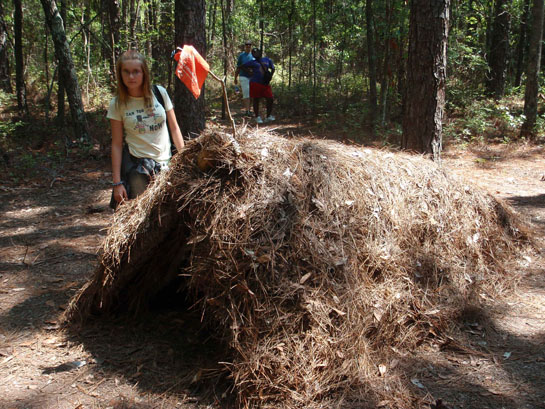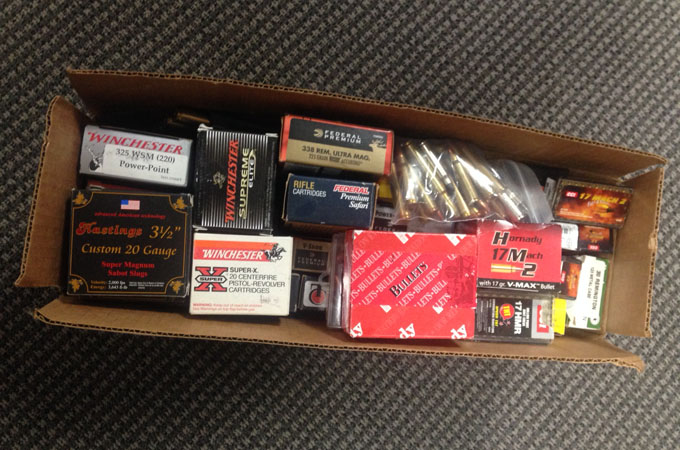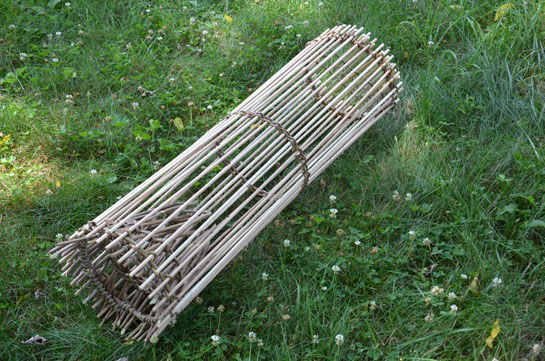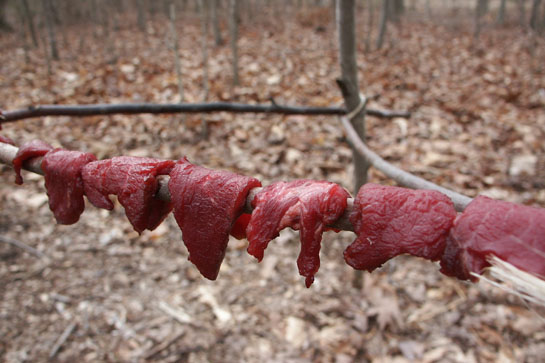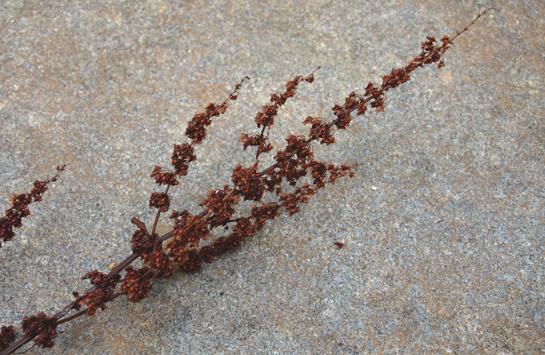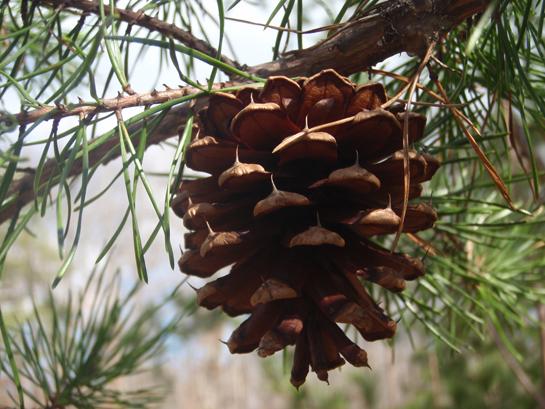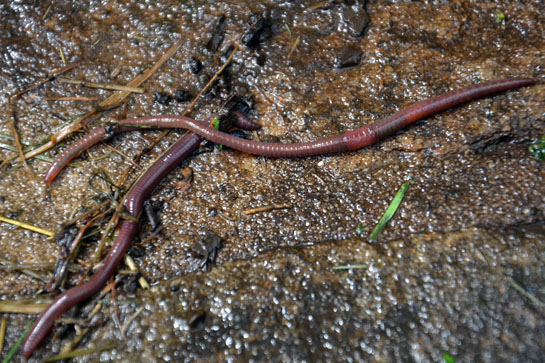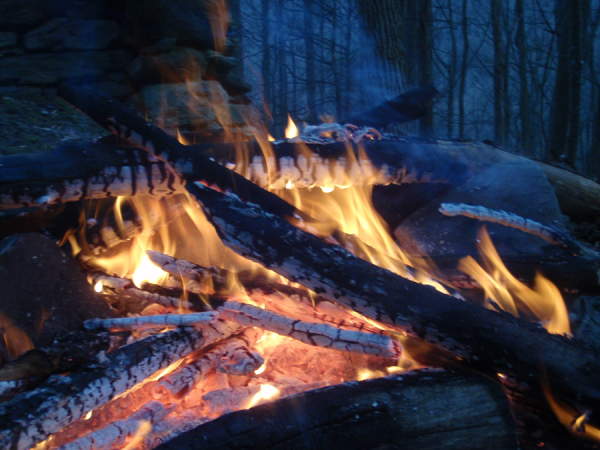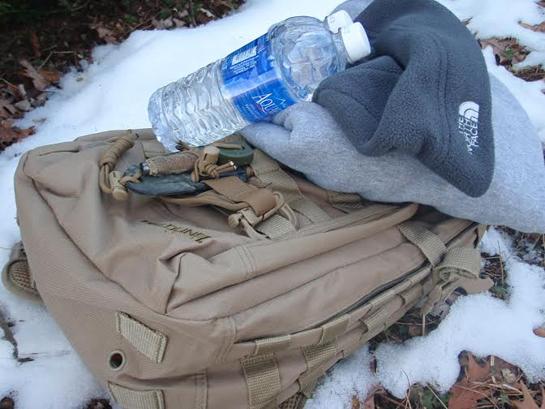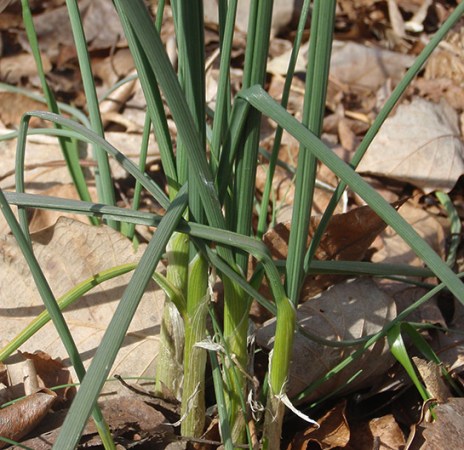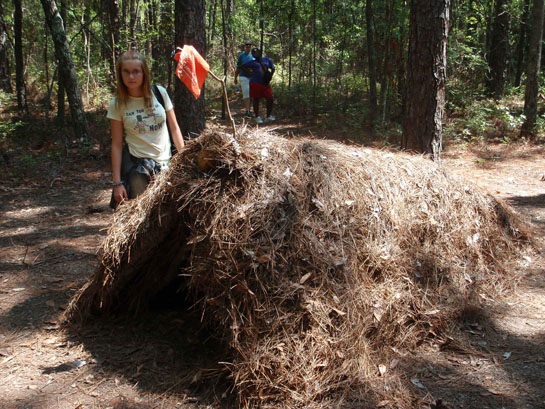
Not sure what to do with the kids this summer? How about teaching them some handy survival skills? If you can educate them in a way that’s fun, it won’t seem like work for them or you. And think about the big picture: You will be providing them with skills that could save their lives someday. Before you pack your summer schedule with useless entertainment, take a look through our list of fun summer survival skills for kids.
Grow A Kid’s Garden
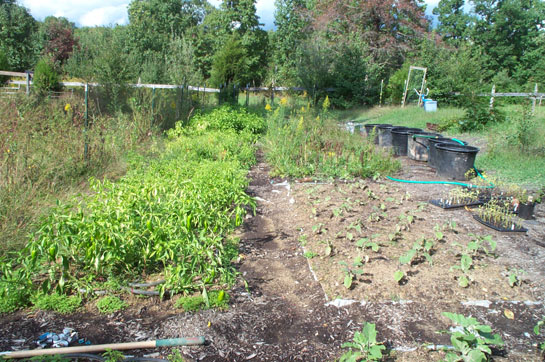
A sense of “ownership” may be all it takes to get your kids gardening and bolster the family’s food supply. A great way to inspire this interest is to make a garden patch that belongs only to them. Let the kids select the crops and plant the seeds. Help the kids build a scarecrow, or have them decorate the garden patch (if they’re into that). Then sit back and watch the plants grow. This can be a big responsibility for little ones, so help them out as needed. For bigger kids and teens, the garden can be 100 percent their own, and they’ll quite literally reap what they sow. This can be a great lesson in many things: responsibility, consequences, hard work, and dealing with setbacks, failure, and unmet expectations, just to name a few topics.
Preserve Your Own Food
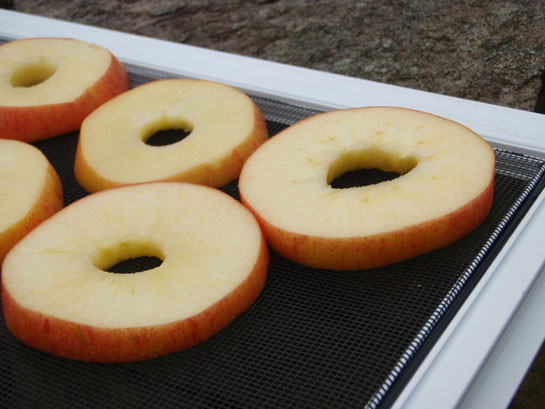
Canning, pickling, and drying, along with other food preservation techniques, can be a surprising amount of fun for the kids, as long as you don’t let it turn into hard work. Making jams and jellies from summer berries can give them a sweet treat later in the year. A batch of pickles can be a tasty project for kids that like sour goodies. Allow the kids to experiment a little (of course, not at the risk of ruining the food), and let them make some concoctions from their own imagination.
Have An Off-Grid Weekend

You’ve mentioned it. You’ve threatened it. Now it’s time to follow through. Pick a weekend to turn off the main electrical breaker to your home and have an “off-the-grid” weekend. Structure the experience any way you like. Have a theme, like hurricane preparedness, 1800’s house, colonial times, or something else that the kids might enjoy. Plan some activities and make sure you have all the necessary supplies, lighting, and water to sail through the weekend with some semblance of comfort. Who knows, the kids might really have fun with it, and chances are good that you’ll all learn a few things along the way, too. And won’t it be nice to have a little quiet in the house, instead of the TV blaring mind-numbing nonsense at all hours?
Work On Your Knife Skills
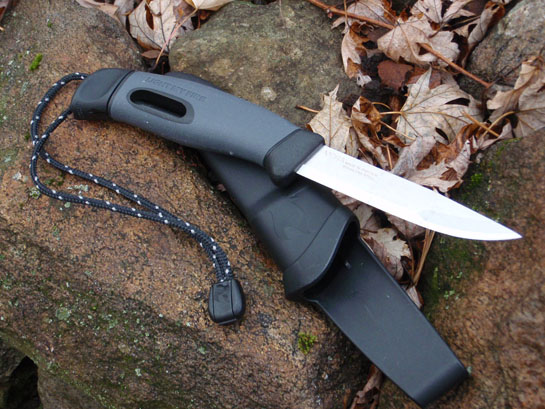
If the little people are old enough to have knives, teach them knife safety and how to make cool things with their blades. Start by whittling pointy sticks, with which they can roast hot dogs and marshmallows. Then move up to notch carving and other precise cuts. Graduate with carving trap parts. A functional figure-four deadfall trigger would be a big accomplishment for most kids. Also teach them knife care and sharpening.
Read All About It

Reading during the summer can help to prevent an educational backslide caused by the lack of schoolroom reinforcement. Find some survival-themed books that are kid-friendly and easy to read. Read them as a family, or have your child do a “book club” with their friends. Hatchet by Gary Paulsen is one of my favorites. It’s a 1987 Newbery Honor-winning survival novel about a thirteen-year-old boy in the wilderness, learning to survive with only the aid of a hatchet. There are other books in that series, but Hatchet is my top pick. Another favorite of mine is a little bit older, but still a good read: Call It Courage by Armstrong Sperry is about a Pacific island boy who conquers his fear of the sea and develops his bravery by living alone on a remote island.
Practice Some Archery
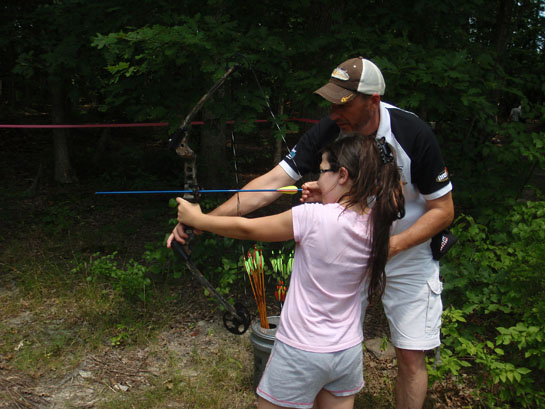
Thanks, Hunger Games! While the kids-killing-kids theme disgusts and angers me as a parent, I have to admit that the series has done more to get kids excited about archery than anything else in recorded history. And, as a parent, I can tell you it’s best to strike while the iron is hot. Get your kids, especially the girls, interested in archery now, while all the other kids still want to do it. Whether you’re practicing for bow season or just target shooting, it can be a lot of fun for the whole family to pepper a target with arrows. And, hopefully, the thrill of archery will stay with the kids.
Build A Bow, Buy A Bow
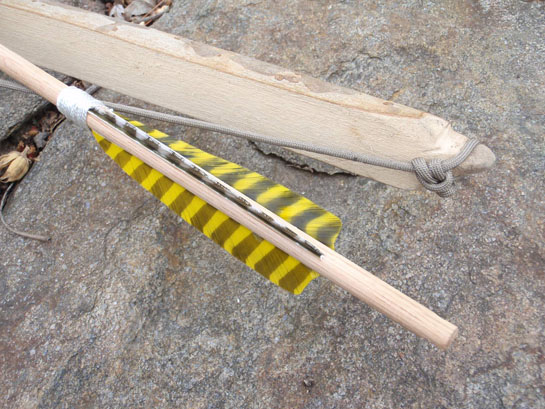
Since kids love to be creative, let them build their own bow. Cut a hardwood sapling (hickory is an excellent choice), and let it dry for a few weeks. Cut off any branches, and select a 4- or 5-foot section to serve as your bow. Identify which way the stave naturally bends. Rasp or carve down the thicker end of the bow, on the inside of the bend. String the stick, and you have a simple bow. Let them get used to shooting this improvised bow, then buy them a manufactured kid’s bow. Whether you buy them a compound or recurve bow, they’ll be hooked by the power and easy shooting of their new upgraded bow.
Hit The Fishing Hole
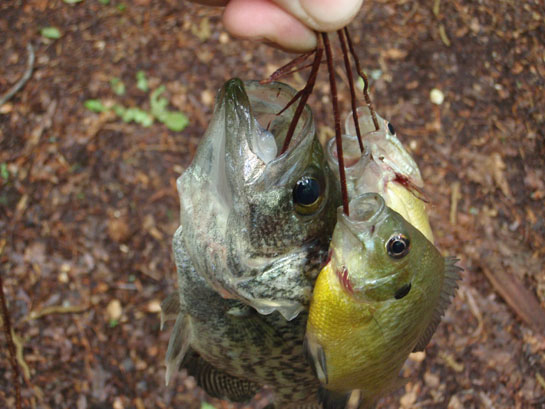
Nothing says summer to me like fishing. Gather up the kids and take them to the nearest fishing spot after dinner one evening. Show them how to tie knots in monofilament and how to flip over rocks to find worms and other bait. For the more advanced young anglers, have them put together some “survival fishing” tackle. Give them one hook and 20 yards of line, then let them improvise a pole, some bait, and any other necessary tackle. And for a real test of their fishing skills, take them fishing before dinner, have them fish for their meal, and cook their catch right there (site permitting).
**Learn Wild Edible Plants **
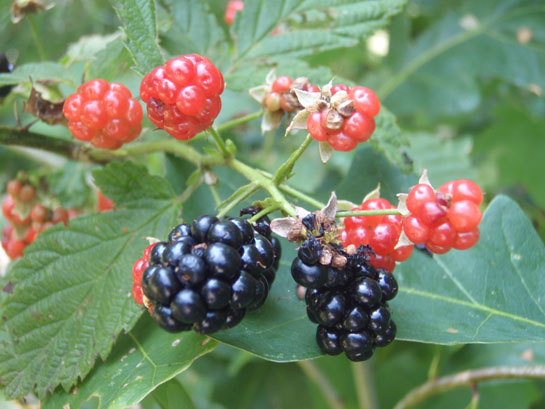
Summer can be the best time to learn wild edible plants, especially for kids. Sweet berries and interesting wild vegetables can be abundant and easy to identify. Don’t overload their young minds with too many plants, though. Just focus on one or two per day. Encourage their artistic side by asking them to draw or paint a picture of the plant. This will force them to look at the details of its structure, a key element of plant identification that kids can sometimes find a little boring. Start with a small number of local edibles, and build upon that knowledge. Then, go on a picnic and see what you can add to your meal by foraging.
Identify Your Local Trees
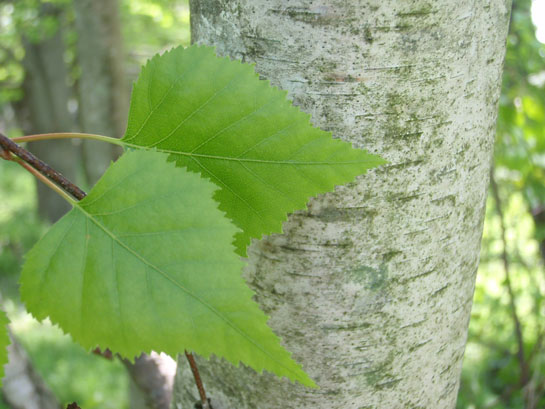
Building your child’s tree identification skills can benefit them for a lifetime. If you know what your local trees are, teach them to the kids. If you don’t know, get a tree identification guide and learn together; your kids need to see that it’s important to keep learning, even when you’re older. You can even make a game out your tree identification walks, to see who can ID the tree first, or identify it just by the bark. Some trees and shrubs are very easy to identify, so start with those for younger students. Don’t forget to include the uses of the trees in your studies. Trees and shrubs have food, medicine, craft materials, and many other things to offer the observant outdoor lover.
Go On A Survival Campout
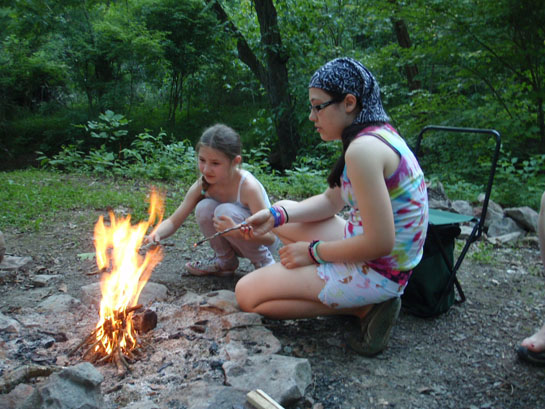
This adventure can be the culmination of all the skills and activities you have worked on through the summer. Find a friendly place to camp, and pick a weekend with agreeable weather. While you’re out there, go fishing, look for wild edible plants, practice some archery, and bring a few of the foods that the kids have dried for storage. And don’t be shy about adding new skills. Build a cool shelter to sleep in, make some stone tools, set up a campfire spot, let the kids start the fire, and do some primitive cooking while you’re out there. Don’t go too “Rambo” on the kids. This trip should be fun, light hearted, and only slightly uncomfortable. If it’s too brutal, they won’t want to do it again. With any luck, this could become an annual family adventure.
